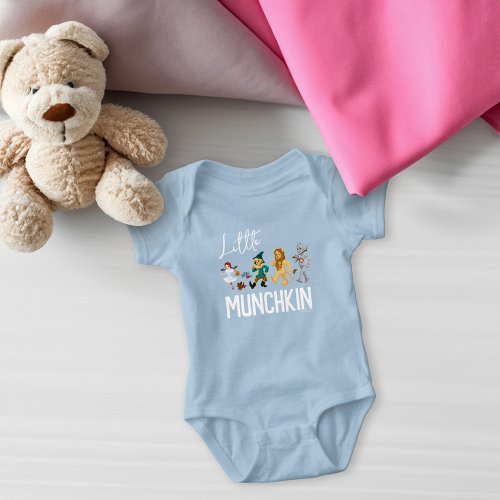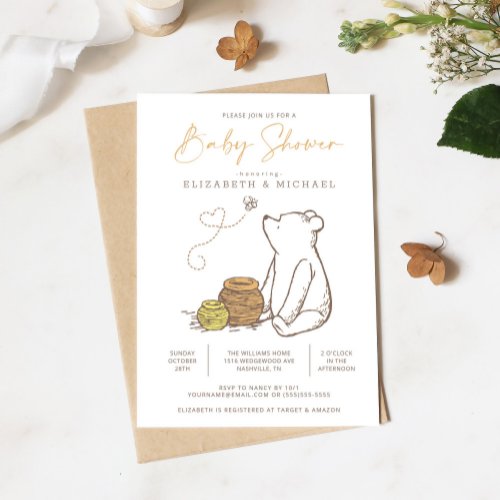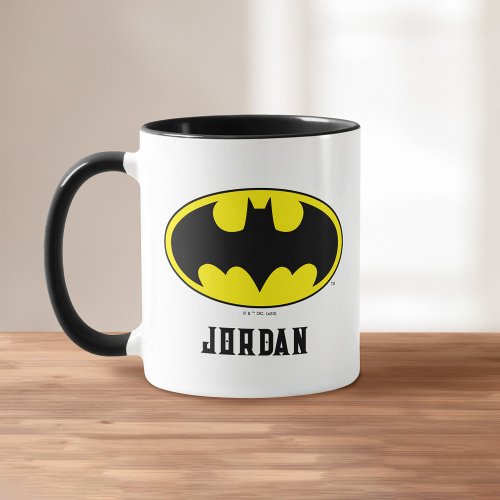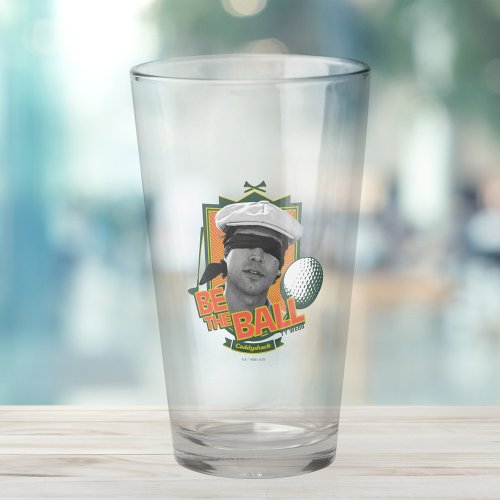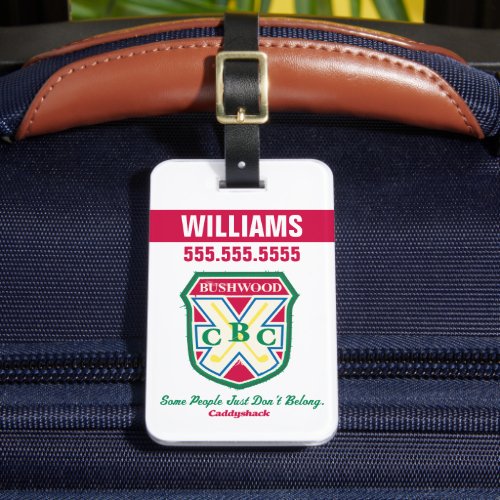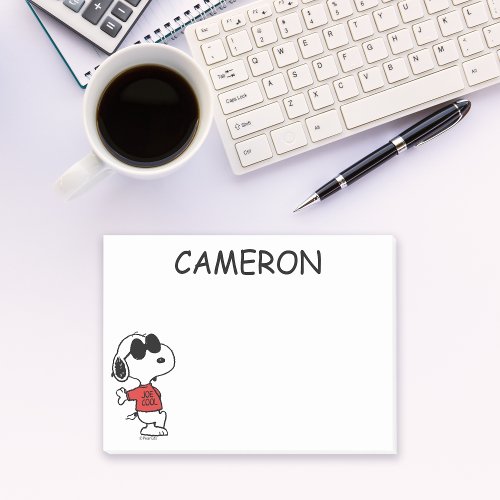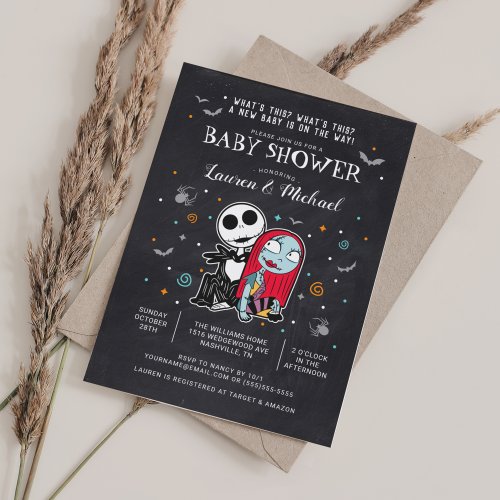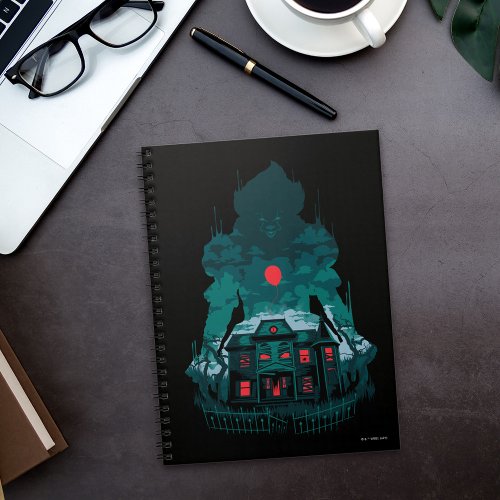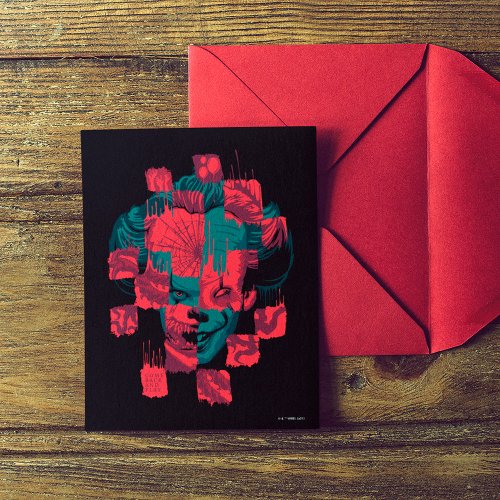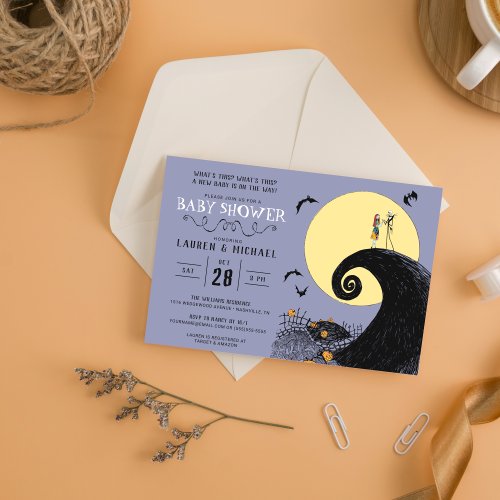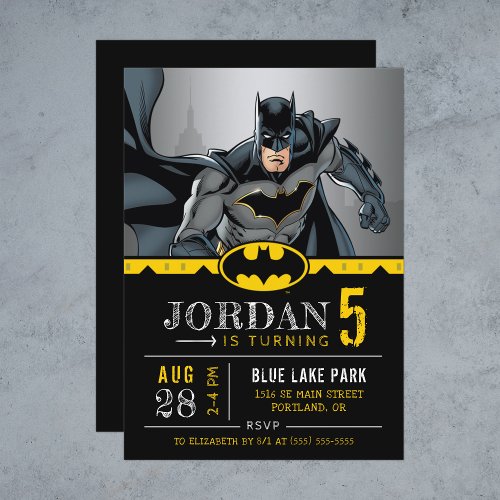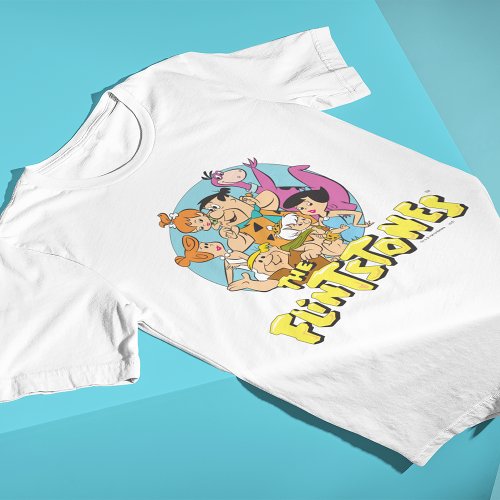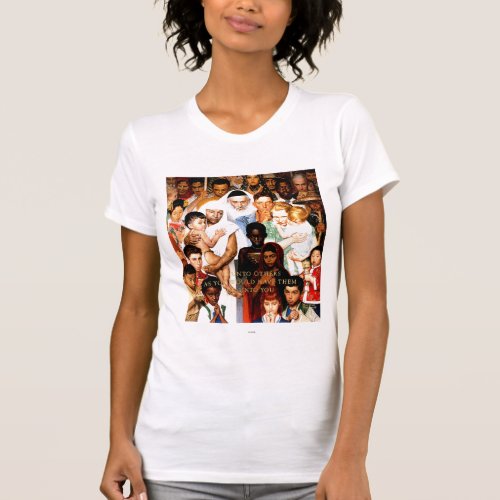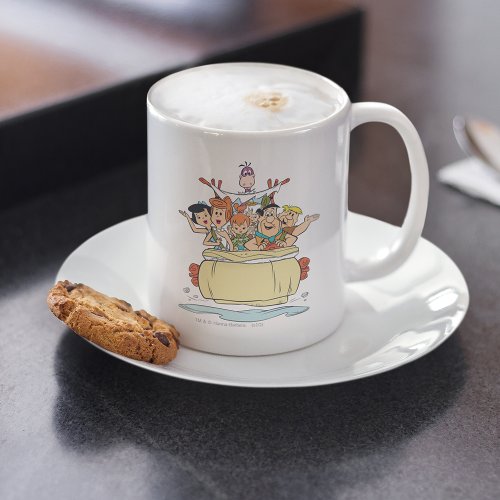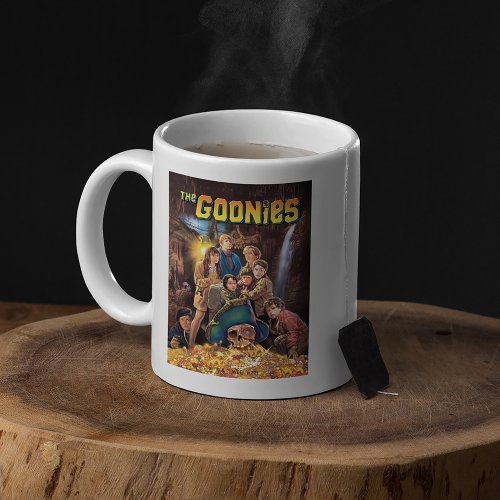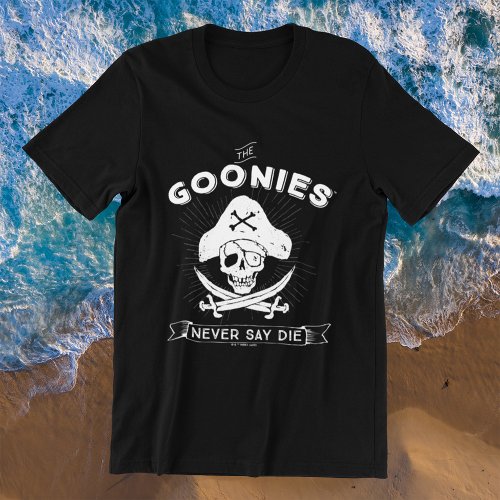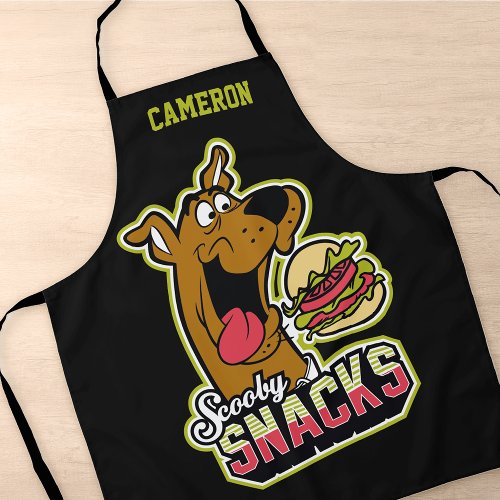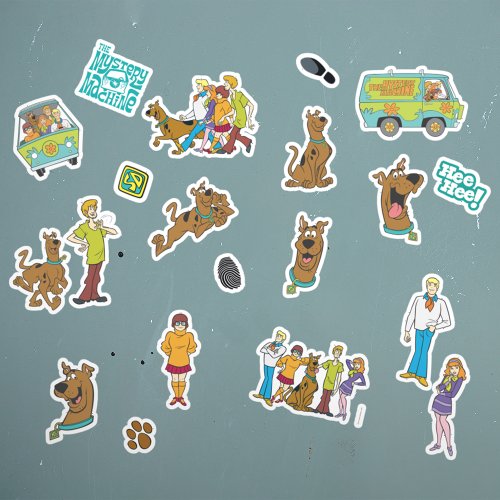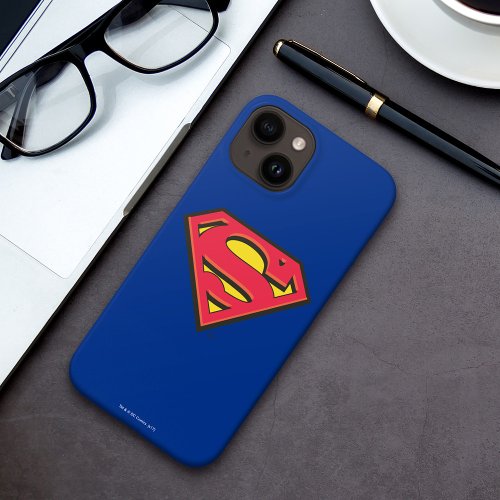Below is a list of video recording formats and storage. Consumer is highlighted in BLUE, and professional media is in BLACK.
Betacam SP
SP was Developed by Sony, and is one of the most popular component format for both field acquisition and post production today. Although with the advent of HD, and it’s cost coming down, this is sure to change. Betacam uses cassettes and transports similar to the old Betamax home video format, but the tape speed is six times faster, and luminance and chrominance are recorded on two separate tracks. The two colour difference signals are compressed in time by two and recorded sequentially on a single track.
M-II
M-II was developed by Matsushita for Japan’s national broadcasting company NHK. It is one of the most popular broadcast quality component formats with quality similar to Betacam SP. Large users of M-II include NHK and NBC. Recording technique is similar to Betacam SP but it has enhancements to compensate for the lower tape speed.
EBU C
These machines use 1" tape in open reels. The main advantages are very fast transports and low recording density, which makes the format rather immune to drop-outs. Tape costs are very high though. The units can record single frames, which makes them popular in computer animation. Manufacturers include Sony, Ampex and BTS.
EBU B format
Similar to C format, but uses segmented helical scan. The diameter of the picture drum is small, and a single video field is recorded in 6 separate tracks. Manufactured by Bosch. B format doesn’t allow for many special modes other than Play, Fast Forward and Rewind.
Flash Memory
Using either built-in memory or replaceable memory cards, records images in the MPEG-4 format. The disadvantage to this medium is that the visual information needs to be offloaded to a hard drive or tape frequently for back-up purposes.
U-Matic
U-Matic is manufactured by Sony. It has three different versions (LB, HB and SP), which differ by the subcarrier frequencies used for luminance and chrominance recording. U-Matic LB (Low Band) has been around from the early 70s and is one of the oldest cassette video formats. HB (High Band) has increased chroma subcarrier frequency, which improves colour resolution. In the SP variant, both chroma and luma subcarrier frequencies have been increased.
U-Matic SP, commonly called 3/4 after the tape width in inches, is still a popular production format for those without the budget for Beta SP or similar. It’s higher colour resolution and much better signal-to-noise ratio make the picture quality higher than VHS. The U-Matic tape transport is also much faster in changing modes, which helps when editing.
LB and HB tapes are often used for archiving because of the low tape costs and recording density, which protect the tapes against aging.
AVCHD
An acronym for "Advanced Video Codec High Definition." This is not so much a format as a new codec (MPEG-4 AVC/H.264). AVCHD will be able to record onto 8cm DVDs, flash memory and Sony’s own Memory Sticks.
D series digital formats
Introduced by Sony in 1986, D-1 was the first practical digital format. It has been mostly superseded by more cost effective formats.
D-2 was developed by Ampex around the same time as D-1 was introduced and is meant to be a fully transparent storage for composite video, useful for composing spot tapes for programs such as news.
D-3 and D-5 have both been developed by Matsushita. D-5 units can use two different sample rate / resolution combinations and are generally capable of playing back D-3 tapes.
A high definition version of D-5, called D-5 HD has been introduced by Panasonic. It uses 4:1 compression in order to accomodate the 1.2 Gbps HDTV data rate.
Digital Betacam
Digital version of the Betacam SP format. Introduced by Sony in 1993, it uses physically similar half-inch cassettes. Digital Betacam units play back, but do not record analogue Beta SP tapes. Camcorders with 40-minute capacity are available.
DV/DVCam/DVCPRO
DV, which was called DVC, is being backed by manufacturers such as Sony, Philips, Thomson, Hitachi, Matsushita, Panasonic and others. It was the first digital recording format in the reach of consumers. DV uses 5:1 compression based on DCT. Depending on the image contents, the encoder adaptively decides whether to compress picture fields separately or combine two fields into a single compression block. As such, DV coding can be thought of as something half-way between Motion JPEG and MPEG.
DVCPRO is a professional variant of the DV by Panasonic. The only major difference is doubled tape speed, which is needed for better drop-out tolerance and general recording robustness. The format has also been accepted to be standardized as D-7 by the SMPTE. Panasonic has also introduced a 4:2:2 version: DVCPRO-50, which directly rivals the Digital S format in the pro market.
A good source of additional information on the DV format is located at www.dvcentral.org.
Mini DV
Mini DV is by far, the most common format for consumers, and has the widest selection of equipment readily available.
New equipment from Sony will push the recording density further with the deployment of LP mode, which reduces the track width to 6.67 um and multiply the recording time by 1.5. Video specifications will remain the same.
Hi8/Digital8
A consumer format only available from Sony. Digital8 records basically in the same signal as DV, but uses cheaper Hi8 tapes and can play back old analogue 8mm/Hi8 tapes. However, Digital 8 recorded tapes will not playback on other DV brand cameras. They must be played back on Sony Digital 8 or Hi8 cameras.
D-VHS
A format from JVC. This is a digital format intended to store digital broadcasts directly in its compressed format. Particularly, the machines will not have conventional video inputs and outputs at all – they work through a set-top decoder, just like direct digital broadcasts off the air. The machines have firewire digital interfaces.
The longest tapes store about 44.4 GB of data. Recording times range from 3.5 hours of HDTV to 49 hours of DV video in LP mode. Standard mode will record seven hours of video.
DVD-R
This is a very popular format because of it’s compatibility with most modern home DVD players and convenience of use. It also has very good quality picture and sound. There are a few cameras that record directly to DVD, however that doesn’t seen to be catching on, because you will still need to download your footage for editing, making the camera-recorded DVD obsolete.
W-VHS
W-VHS was introduced by JVC in 1994. It is a analogue high definition format using a cassette physically identical to a VHS tape. It records 1125 lines of analog RGB video, but can switch to an NTSC mode, in which it can either record twice as much high quality NTSC video, or two different video signals. The latter function is used for field sequential 3D video.
VHS-C
This is a very rare format and may soon be gone from the market.
Digital S
Digital S is a digital format compatible with S-VHS. The cassette is a W-VHS tape in a dust-proof version of the VHS cassette case. Digital S rivals the much more expensive Digital Betacam in terms of picture quality because of the mild compression.
JVC’s Digital S editing deck has a video pre-read head, which allows the old video recording to be played back while recording new signal. This makes A/B roll edits possible using only two decks.
Visit JVC’s website dedicated to this format at www.digital-s.com.
Betacam SX
Betacam SX is a digital format using a 4:2:2 coded variant of MPEG. Like DVCPRO, it’s capable of accelerated playback/recording and is part of Sony’s new all-digital production concept, targeted especially for ENG and newsroom use. Some units are capable of 4:3 and 16:9 recording. It is primarily a tape format, however some decks are disk/tape hybrids and provide stand alone non-linear editing capabilities.
HDD
Generally, HDD camcorders record MPEG-2 encoded video, but are capable of storing other encoded formats, such as AVCHD, which are starting to roll out. It is a very expensive format, costing upwards of $350000 for the units, and $1300 for a tape. That data has to be offloaded to another drive or DVD before the camcorder can be re-used.
HDV
HDV is considered a very promising high definition consumer format. It records in either 720p or 1080i and provides a crystal clear and sharp image. Price is still an issue, however more consumer-friendly models will start rolling out. Records onto standard Mini DV tapes, and many HDV camcorders are backwards compatible with standard definition DV tapes.









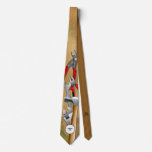
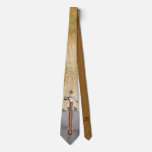




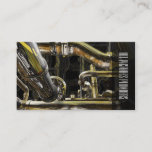

![Miss Hawaiian Tropic 2005 Regional Bikini Model Contest Atlantic City, New Jersey Black and White Photo [210803-0002]](https://www.filmfetish.com/img/p/2021/08/210803-0002-11x85-web-170x170.jpg)
![Third Avenue El and The Tudor Theatre Photo [210904-4]](https://www.filmfetish.com/img/p/2021/09/210904-0004-11x85-web-170x170.jpg)
![Unwavering Flag Abandoned Bethlehem Steel Mill Photo [221205-6]](https://www.filmfetish.com/img/p/2022/12/221205-6-warehouse-american-flag-85x11-web-170x170.jpg)
![Rio Grande Southern Ridgway Colorado 1953 Railroad Train Station Depot Vintage Photo [240304-19]](https://www.filmfetish.com/img/p/2024/04/240304-19-11x85-web-170x170.jpg)







